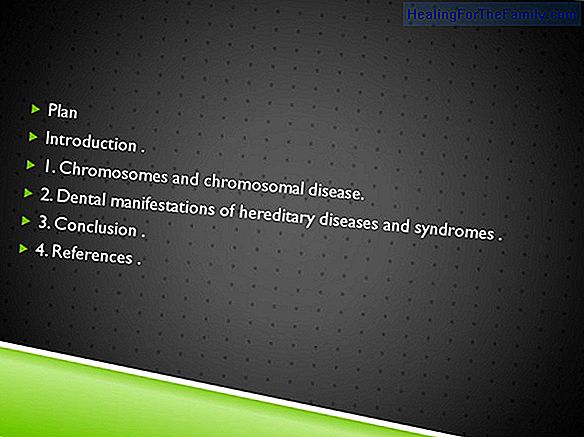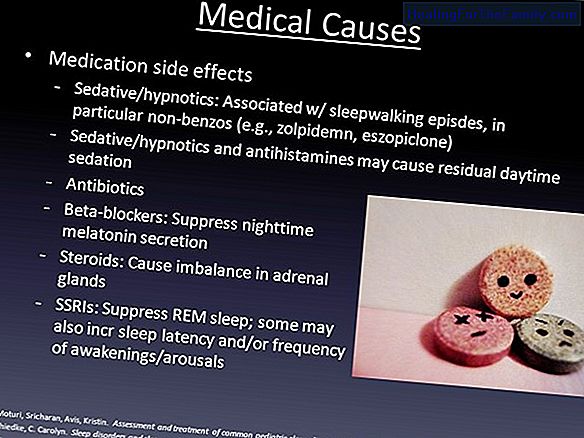Multiple pregnancy is a risk pregnancy
Currently, in the world, one in 80 pregnancies is a double pregnancy (twins or twins), while one in 8,000 is a triple gestation (triplets), and one of every 1,000,000 is a quadruple pregnancy (quadruplets). There are several mechanisms that can lead to the gestation of several babies in the womb at
Currently, in the world, one in 80 pregnancies is a double pregnancy (twins or twins), while one in 8,000 is a triple gestation (triplets), and one of every 1,000,000 is a quadruple pregnancy (quadruplets). There are several mechanisms that can lead to the gestation of several babies in the womb at the same time.
Risks of multiple pregnancy for the mother and the babies

The most frequent is multicigótico, which appears in 70 percent of multiple pregnancies. It results when two or more ovules are fertilized by two or more sperm creating different (multicigotic) eggs. Less frequent are multiple monozygotic pregnancies, which account for 30 percent of multiple pregnancies and result from the division of an egg into two or more identical (monozygotic) eggs. A multiple pregnancy is a high-risk pregnancy.
Risks of a multiple pregnancy for the mother:
The organism of a woman has to make an effort to adapt to this overload, which involves:
- High blood pressure. It occurs in 15-20 percent of twins pregnant women. Preeclampsia or hypertension appears earlier and is sometimes more difficult to control with commonly used medications.
- Gestational diabetes. Gestational diabetes appears in 5-10 percent of cases.
- Moderate-severe anemia.It occurs in 40 percent of multiple pregnancies, and requires postpartum transfusion in 5 percent of cases.
- Cesarean section.Must be done in 50-85 percent of cases, according to the centers, because fetal positions other than cephalic positions that babies adopt at birth increase in multiple births.
- Premature delivery. The average duration of double pregnancies is 37 weeks. There are no verifiable statistics in the cases of more than two babies.
- Postpartum hemorrhage. The large placental area and the highly distended uterus put the mother at risk of bleeding after childbirth.
- Spontaneous abortion. The loss of one or several fetuses spontaneously is more frequent in multiple pregnancies. The risk of pregnancy loss also increases in the other quarters.
Risks of multiple births for babies
Risks derive mainly from prematurity (birth before week 35 of gestation) and intrauterine growth retardation.
- Premature. 19 percent of twins or twins are premature. Babies with low birth weight, especially those born before 32 weeks gestation and / or those weighing less than 3 1/3 pounds (1,500 grams), are more likely to have health disorders in the period immediately after birth. his birth as well as permanent disabilities, such as mental retardation, cerebral palsy and loss of vision and hearing.
- Growth retardation. In 30 percent of twin pregnancies there is growth retardation of one of the twins, and of the two in 15 percent of pregnancies.
- Perinatal mortality. Death is called between 5 months of gestation and 10 weeks of life. It multiplies by 6 in multiple pregnancies. In single pregnancies it is 5 per 10,000, and in twin pregnancies 30 per 10,000 pregnancies.
- Birth defects. Babies of multiple pregnancies have double the risk of congenital abnormalities (present at birth) including neural tube defects (such as spina bifida), gastrointestinal and heart defects.
- Fetal transfusion syndrome. It is a disorder of the placenta that develops only in identical twins who share the placenta. The blood vessels connect within the placenta and divert blood from one fetus to the other. It happens in almost 15 percent of the twins who share the placenta.
- Abnormal amounts of amniotic fluid.They are more frequent in multiple pregnancies, especially for twins who share a placenta.
Marisol New. Guiainfantil.com












